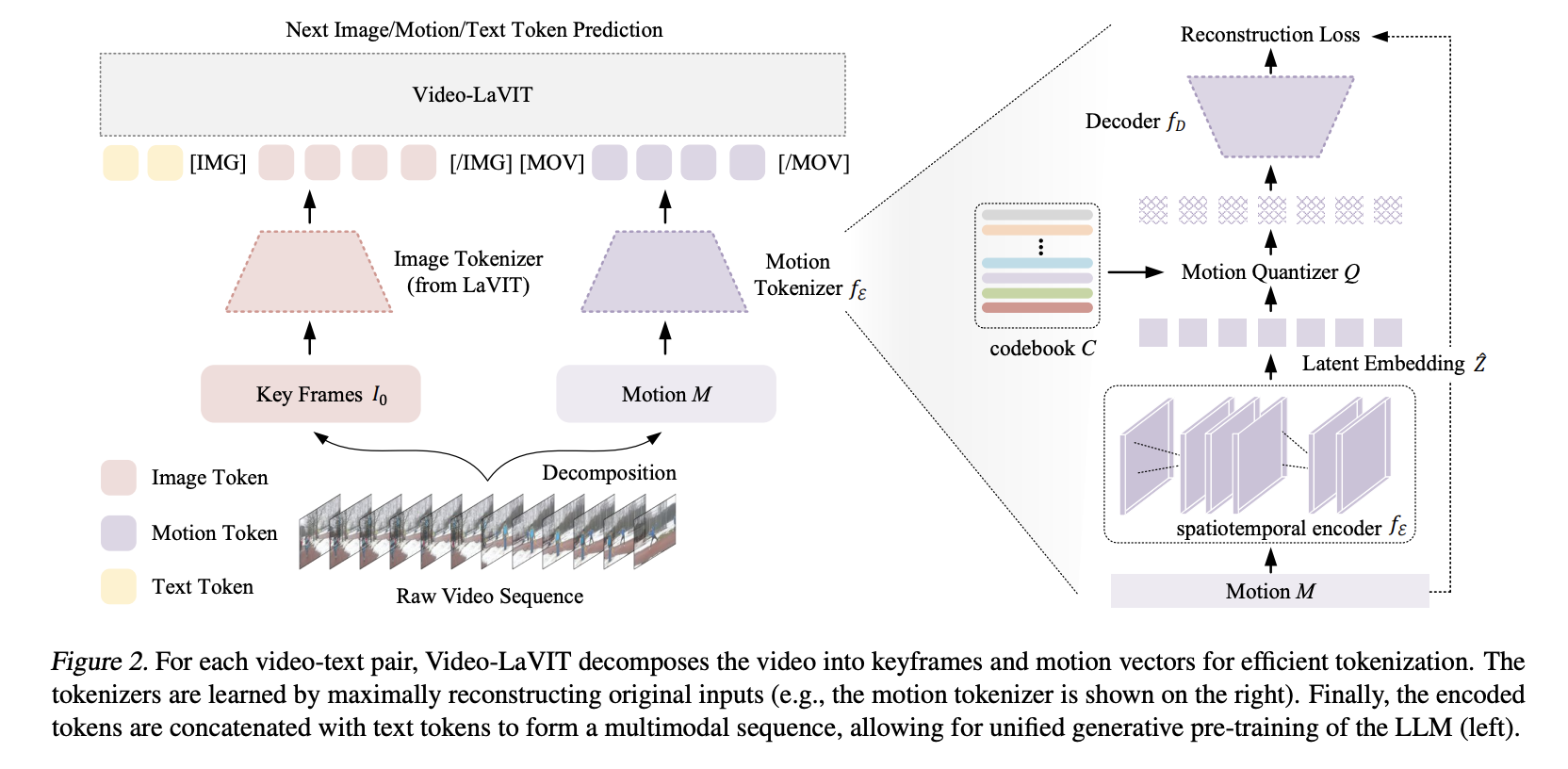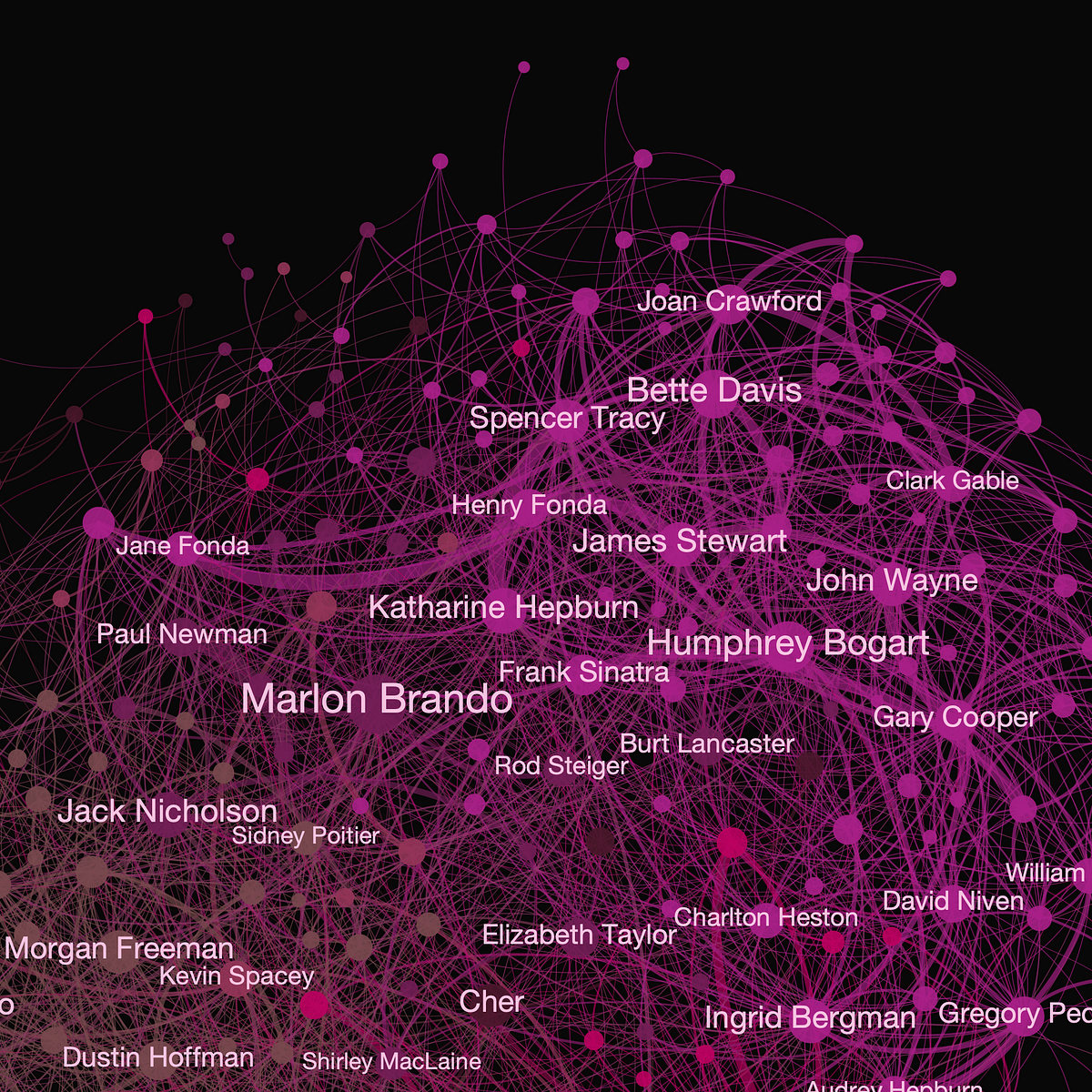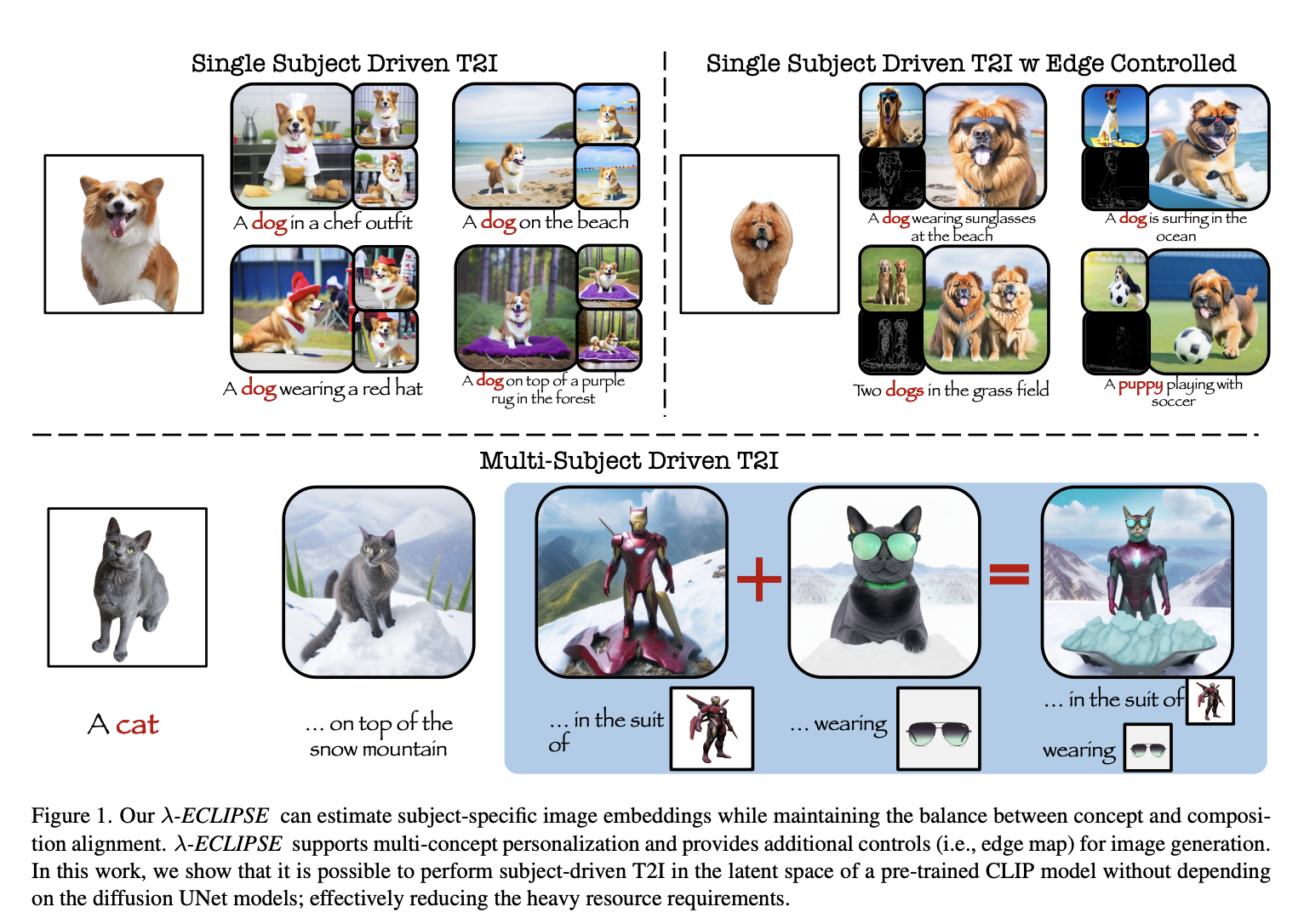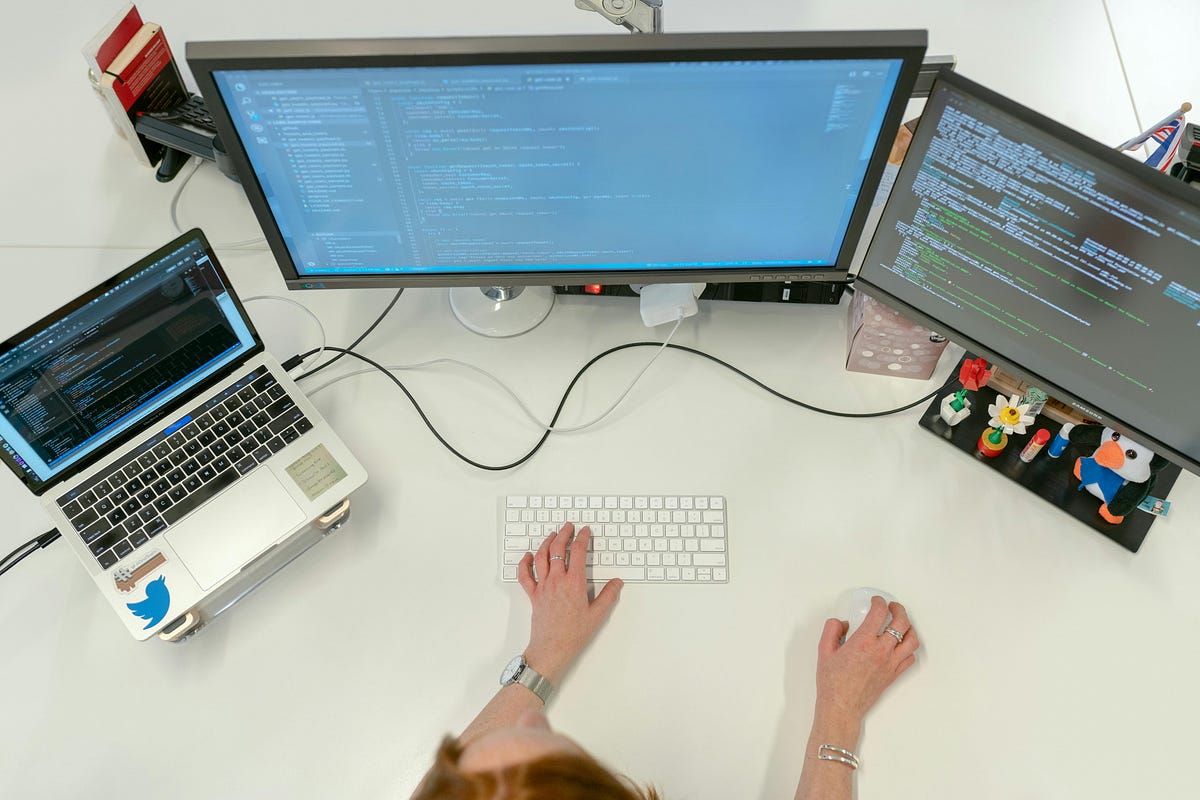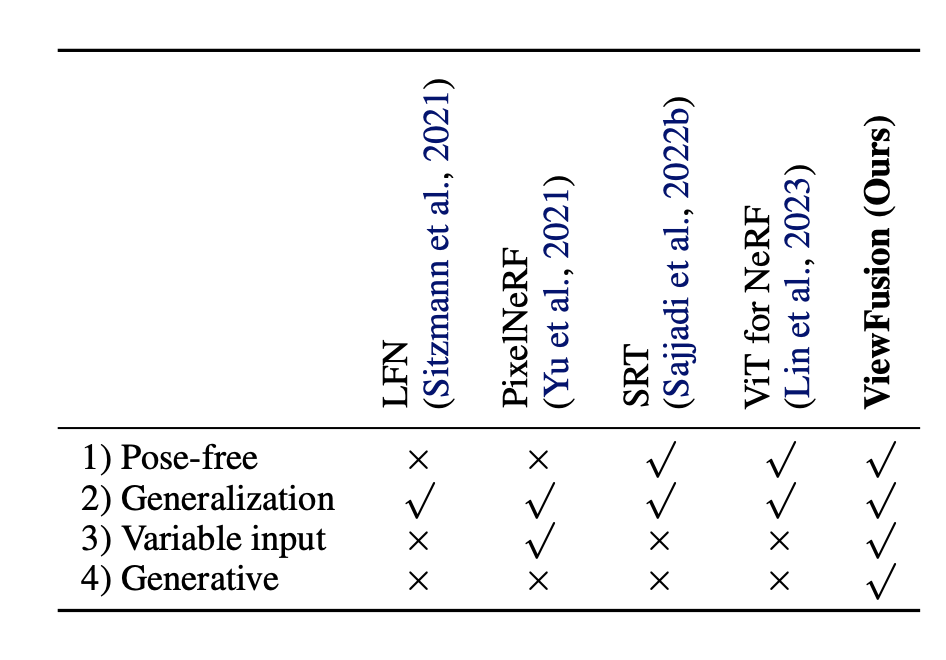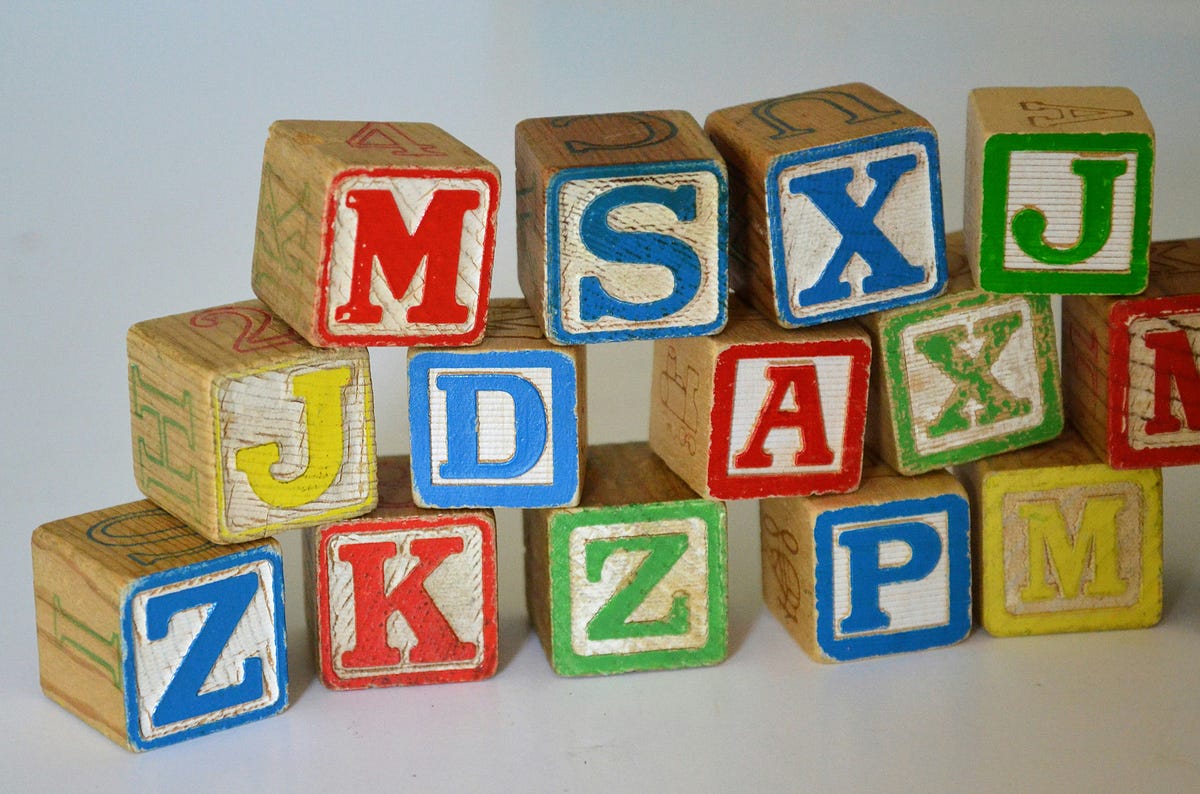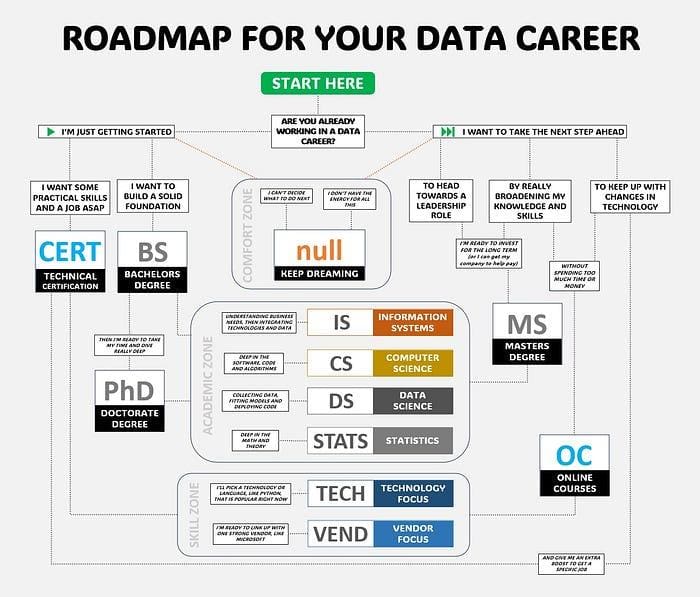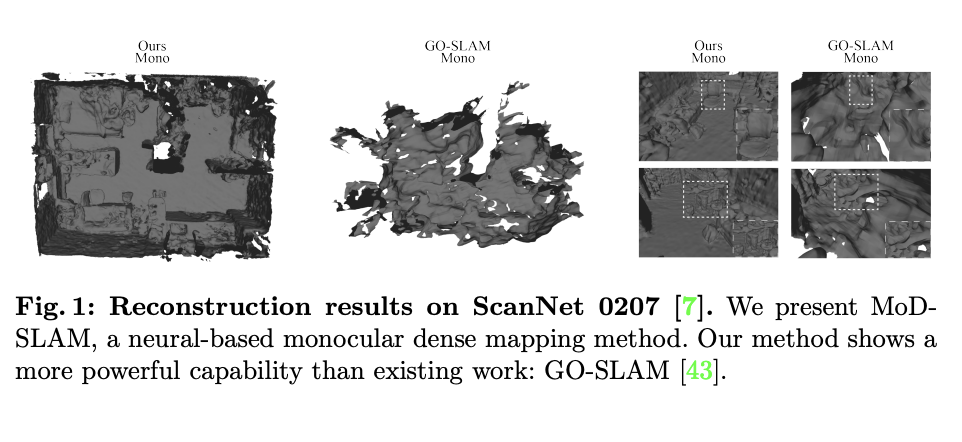Image by Editor
Are you looking to upskill in 2024? Maybe you want to learn more about computer science and see what the hype around the tech world is. Maybe learn the most popular programming language Python? Or transition into something more niche, for example, gaming or cyber security.
In this blog, I…




